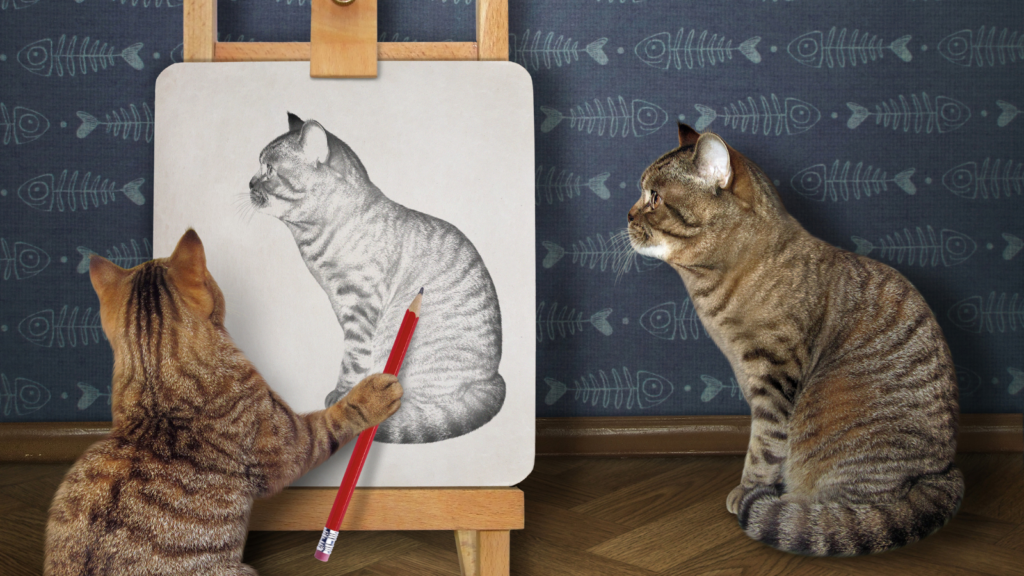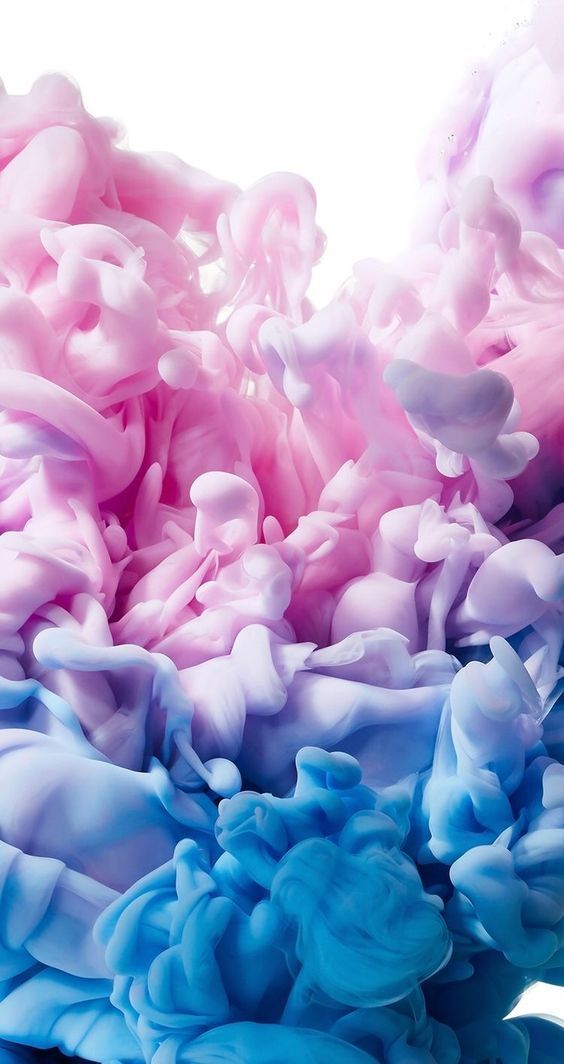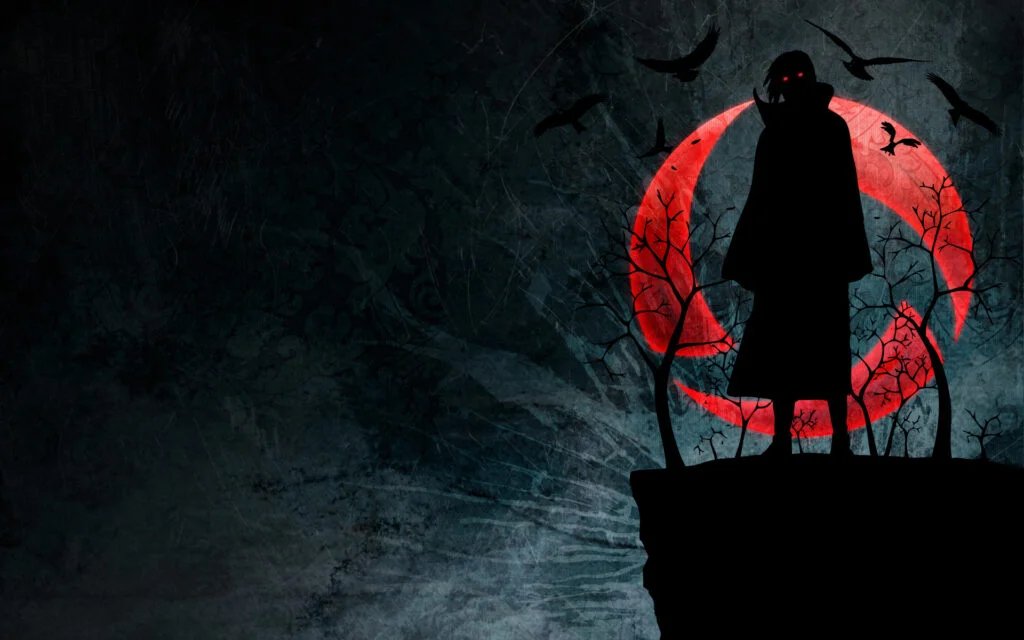Drawing cats can be both enjoyable and rewarding. Whether you’re a beginner or an experienced artist, mastering the art of drawing felines requires practice and understanding. This blog will guide you through the essential steps and techniques to improve your skills in drawing:a4z_-ymtkr8= cat. By the end, you’ll be able to create stunning and lifelike cat drawings.
Why Drawing Cats Is Popular Among Artists
Cats have always been a favorite subject for artists. Their graceful movements, expressive faces, and unique personalities make them fascinating to draw. Many artists find joy in capturing the elegance and mystery of cats on paper. This section will explore why drawing cats is a beloved subject and how it can enhance your artistic skills.
The Allure of Feline Grace
Cats are known for their graceful and fluid movements. Their sleek bodies and elegant postures provide a perfect challenge for artists. Capturing this grace requires keen observation and practice, but the result is always rewarding.
Expressive Faces and Features
A cat’s face is incredibly expressive. From their curious eyes to their mischievous grins, capturing these expressions can bring your drawings to life. Learning to draw these features accurately will help you convey emotions and personality in your artwork.
Versatility in Styles
Whether you prefer realistic sketches or whimsical cartoons, drawing cats offers endless possibilities. You can experiment with different styles and techniques to find what works best for you. This versatility makes drawing cats an exciting and creative endeavor.

Getting Started with drawing:a4z_-ymtkr8= cat
Before you start drawing, it’s essential to gather the right materials and set up your workspace. This section will guide you through the basics of getting started with drawing:a4z_-ymtkr8= cat.
Essential Drawing Materials
To begin drawing cats, you’ll need some essential materials:
- Pencils (various hardnesses)
- Erasers
- Sketchbook or drawing paper
- Reference images of cats
Having the right tools will make the drawing process smoother and more enjoyable.
Setting Up Your Workspace
A comfortable and well-lit workspace is crucial for drawing. Make sure you have good lighting, a sturdy surface to work on, and all your materials within reach. A clutter-free space will help you focus and be more productive in your drawing sessions.
Finding Inspiration
Before you begin drawing, spend some time seeking out inspiration. Look at pictures of cats, watch videos, or observe your own pet if you have one. Understanding their anatomy and behavior will help you create more accurate and lively drawings.
Understanding Cat Anatomy
To draw realistic cats, it’s important to understand their anatomy. This section will cover the basic structure of a cat’s body, including proportions and key features.
Head and Face Structure
A cat’s head is characterized by its round shape, large eyes, and pointed ears. Understanding the proportions of these features is crucial for drawing realistic cat faces. Pay attention to the placement of the eyes, nose, and mouth to capture their unique expressions.
Body Proportions
Cats have a slender and flexible body. Their limbs are long and agile, allowing them to move gracefully. When drawing a cat’s body, focus on the proportions of the torso, legs, and tail. This will help you create a balanced and natural-looking drawing.
Fur and Texture
Fur adds texture and depth to your cat drawings. Study the direction and length of the fur to create a realistic appearance. Use light strokes to depict the softness of the fur and darker lines for shadows and details.
Techniques for drawing:a4z_-ymtkr8= cat
Now that you understand the basics, it’s time to explore specific techniques for drawing:a4z_-ymtkr8= cat. These techniques will help you improve your skills and create more detailed and accurate drawings.
Sketching Basic Shapes
Start by sketching basic shapes to outline the cat’s body. Use circles for the head and body, and lines for the limbs and tail. This will help you establish the proportions and structure before adding details.
Adding Details and Features
Once you have the basic shapes, start adding details like the eyes, ears, and whiskers. Focus on capturing the unique features of the cat you’re drawing. Pay attention to their expressions and body language to bring your drawing to life.
Shading and Texture
Shading adds depth and dimension to your drawings. Use light and dark strokes to create shadows and highlights. Experiment with different shading techniques to achieve the desired effect. Adding texture to the fur will make your drawing more realistic and dynamic.

Practicing drawing:a4z_-ymtkr8= cat
Practice is key to improving your drawing skills. This section will provide tips and exercises to help you practice drawing:a4z_-ymtkr8= cat regularly.
Daily Drawing Exercises
Set aside time each day to practice drawing cats. Start with simple sketches and gradually work on more detailed drawings. Consistent practice will help you develop your skills and build confidence.
Using Reference Images
Reference images are invaluable for drawing cats. They provide a visual guide to study the anatomy, poses, and expressions of cats. Use a variety of reference images to challenge yourself and improve your observation skills.
Seeking Feedback
Sharing your drawings and seeking feedback from others can help you identify areas for improvement. Join online art communities or take part in drawing challenges to connect with other artists and receive constructive criticism.
Advanced Techniques for drawing:a4z_-ymtkr8= cat
Once you’re comfortable with the basics, you can explore advanced techniques to take your cat drawings to the next level.
Capturing Motion
Cats are known for their agility and fluid movements. Try drawing cats in action, whether they’re playing, jumping, or stretching. Capturing motion will add energy and dynamism to your drawings.
Experimenting with Styles
Don’t be afraid to experiment with different styles and techniques. Try drawing cats in a cartoonish or abstract style. Exploring different approaches will help you discover your unique artistic voice.
Using Digital Tools
Digital drawing tools offer endless possibilities for creating cat art. Experiment with digital brushes and layering techniques to add depth and texture to your drawings. Digital tools can also make it easier to edit and refine your work.
Common Mistakes and How to Avoid Them
Even experienced artists make mistakes. This section will highlight common mistakes in drawing:a4z_-ymtkr8= cat and provide tips on how to avoid them.
Proportions and Anatomy
One common mistake is getting the proportions of the cat’s body wrong. Be mindful of the dimensions and positioning of each element. Using reference images and practicing regularly will help you improve your accuracy.
Flat and Stiff Drawings
Another mistake is creating flat and stiff drawings. Focus on adding depth and dimension through shading and texture. Use light and dark strokes to create shadows and highlights, and pay attention to the direction of the fur.
Lack of Expression
Cats are known for their expressive faces. Avoid drawing blank or emotionless faces by studying the cat’s expressions and body language. Capture their curiosity, playfulness, or contentment to bring your drawings to life.
Drawing Different Cat Breeds
Cats come in various breeds, each with its unique features and characteristics. This section will guide you through drawing different cat breeds, from short-haired to long-haired varieties.
Short-Haired Breeds
Short-haired breeds like the Siamese and Bengal have sleek and smooth coats. Focus on capturing the sleek texture of their fur and their distinct facial features.
Long-Haired Breeds
Long-haired breeds like the Maine Coon and Persian have thick and fluffy coats. Pay attention to the length and direction of the fur to create a realistic appearance.
Unique Characteristics
Every dog breed possesses distinct traits that differentiate them from one another. Study the specific features of the breed you’re drawing, such as the shape of their ears, the length of their tail, or the pattern of their coat.
Drawing Cats in Different Poses
Cats have a wide range of poses, from lounging and sleeping to playing and hunting. This section will explore how to draw cats in various poses.
Sleeping Cats
Sleeping cats are a popular subject for drawings. Capture the relaxed and curled-up posture of a sleeping cat by focusing on the curves and contours of their body.
Playful Cats
Playful cats are full of energy and movement. Try drawing cats in action, whether they’re chasing a toy or pouncing on an imaginary prey. Capturing motion will add dynamism to your drawings.
Hunting Cats
Cats are natural hunters. Drawing a cat in a hunting pose, with its eyes focused and body poised, requires careful observation and attention to detail.
Creating a Cat Drawing Portfolio
Building a portfolio of your cat drawings is a great way to showcase your skills and progress as an artist. This section will provide tips on creating a compelling cat drawing portfolio.
Selecting Your Best Work
Choose your best cat drawings to include in your portfolio. Select a variety of pieces that showcase your range of styles and techniques.
Organizing Your Portfolio
Arrange your portfolio to convey a narrative. Group similar pieces together and arrange them in a logical order. This will make your portfolio more cohesive and engaging.
Sharing Your Portfolio
Share your portfolio with others to get feedback and recognition. Create an online portfolio or join art communities to connect with other artists and potential clients.
Conclusion
Drawing cats is a rewarding and enjoyable experience. By understanding their anatomy, practicing regularly, and exploring different techniques, you can create stunning cat drawings. Whether you’re a beginner or an experienced artist, there’s always something new to learn and discover in the world of drawing:a4z_-ymtkr8= cat. Keep practicing, stay inspired, and happy drawing!




